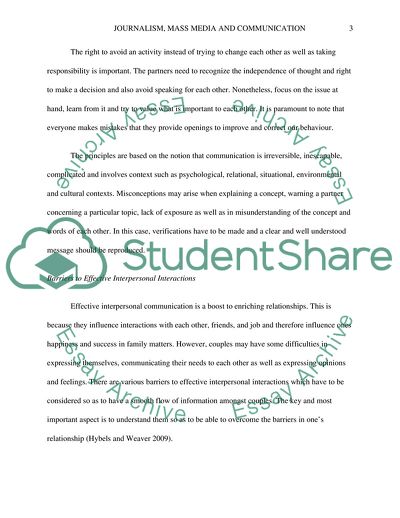Cite this document
(Communicating Effectively Essay Example | Topics and Well Written Essays - 1750 words, n.d.)
Communicating Effectively Essay Example | Topics and Well Written Essays - 1750 words. https://studentshare.org/journalism-communication/1765701-final-paper-letter-of-advice
Communicating Effectively Essay Example | Topics and Well Written Essays - 1750 words. https://studentshare.org/journalism-communication/1765701-final-paper-letter-of-advice
(Communicating Effectively Essay Example | Topics and Well Written Essays - 1750 Words)
Communicating Effectively Essay Example | Topics and Well Written Essays - 1750 Words. https://studentshare.org/journalism-communication/1765701-final-paper-letter-of-advice.
Communicating Effectively Essay Example | Topics and Well Written Essays - 1750 Words. https://studentshare.org/journalism-communication/1765701-final-paper-letter-of-advice.
“Communicating Effectively Essay Example | Topics and Well Written Essays - 1750 Words”. https://studentshare.org/journalism-communication/1765701-final-paper-letter-of-advice.


